يعد شحن هواتفنا وأجهزتنا أمرًا نقوم به جميعًا يوميًا. ولكن مع وجود العديد من الخيارات المتاحة في الوقت الحاضر، فقد يصبح الأمر مربكًا في الحفاظ على تشغيلها جميعًا بشكل صحيح!
من USB-A القديم إلى موصلات USB-C الجديدة ومعايير الشحن السريع واللوحات اللاسلكية والمزيد، فإن فهم ما تفعله كل هذه الأنواع من الشواحن بالضبط يساعد في ضمان بقاء بطارية جهازك مشحونة وآمنة.
لذا دعونا نلقي نظرة على تكنولوجيا شاحن الهاتف الحديثة في هذا الدليل الشامل للحفاظ على الطاقة!
جدول المحتويات

شاحن USB-A
منفذ USB-A المستطيل هو الواجهة الأصلية للشحن ونقل البيانات. وعلى الرغم من قدمها، لا تزال شواحن USB-A لها بعض الاستخدامات الأساسية للحفاظ على الأجهزة نشطة.
سرعة الشحن
- يبلغ الحد الأقصى لشحن USB-A حوالي 18-20 واط. وهذا يعمل مع الشحن البطيء للهاتف أثناء الليل، ولكنه لا يكفي لأجهزة الكمبيوتر المحمولة واللوحية التي تستهلك الكثير من الطاقة.
- بفضل توفير طاقة معتدلة، قد يستغرق شحن بطاريات الهواتف الحديثة بالكامل باستخدام منفذ USB-A ساعات. لذا، فهو الأفضل لإعادة الشحن بين الحين والآخر أثناء الليل عندما لا تكون عمر البطارية حرجًا.
| نوع الشاحن | أقصى سرعة للشحن | أفضل حالة استخدام |
| يو اس بي-ايه | 18-20 واط | الشحن طوال الليل |
القيود
- لا يوفر منفذ USB-A تيارًا كهربائيًا كافيًا لشحن هواتف iPhone وأجهزة Android الحديثة بسرعة. تتطلب معظم الهواتف الحديثة ما يصل إلى 20 فولت/3 أمبير لشحن سريع بنسبة 50% في 30 دقيقة.
- تصل سرعة نقل البيانات إلى حوالي 480 ميجابت في الثانية على USB-A. وهذا يتخلف كثيرًا عن سرعات USB-C التي تبلغ 40 جيجابت في الثانية والتي يمكنها نقل فيلم كامل في ثوانٍ!
في حالة الطوارئ، يعمل منفذ USB-A. ولكن مع تطور ابتكارات الشحن، لا يستطيع منفذ USB-A مواكبة أحدث التقنيات. لذا، انتقل إلى منفذ USB-C في المرة القادمة التي يومض فيها مؤشر بطارية هاتفك باللون الأحمر!

شاحن USB-C
يُعد USB-C الآن معيار واجهة الشحن في معظم الهواتف والأجهزة اللوحية وأجهزة الكمبيوتر المحمولة والأجهزة المحمولة الحديثة. ومع دعم الشحن السريع ومزامنة البيانات السريعة والسعة الكافية لتشغيل الشاشات الخارجية، يمثل USB-C مستقبل تكنولوجيا الشحن.
السرعة والقوة
- بفضل توصيل الطاقة الذي يصل إلى 100 واط، تشحن منافذ USB-C الأجهزة بشكل أسرع بشكل كبير من خلال زيادة الجهد. وهذا يعني شحن 50% من الهواتف الذكية في 30 دقيقة فقط!
- تصل سرعة نقل البيانات عبر USB-C إلى 40 جيجابت في الثانية. مما يجعل نسخ الأفلام والموسيقى والصور والملفات الكبيرة أمرًا فوريًا تقريبًا على الأجهزة المدعومة.
| نوع الشاحن | أقصى سرعة للشحن | سرعة نقل البيانات |
| يو اس بي-سي | 100 واط | 40 جيجابت في الثانية |
معدات USB-C من CABLETIMES
ستحتاج إلى كابل وشاحن متوافقين للاستفادة من الإمكانات الحقيقية لمنفذ USB-C. تصنع CABLETIMES كابلات USB-C ومحاور وشواحن GaN عالية الجودة مصممة خصيصًا لشحن الهواتف والأجهزة اللوحية وأجهزة الكمبيوتر المحمولة بسرعة دون أي مشاكل.
قم بإلقاء نظرة على CABLETIMES مجموعة USB-C للحصول على أحدث معدات الشحن!

بفضل المرونة بين الأجهزة المحمولة وأجهزة الكمبيوتر المحمولة، يوفر USB-C توافقًا حقيقيًا مع الأجهزة وأسرع سرعات شحن ممكنة. تقدم CABLETIMES أفضل شواحن وكابلات USB-C لتشغيل أدواتك اليوم وفي المستقبل!
شاحن لاسلكي

لا توجد أسلاك؟ لا مشكلة! يستخدم الشحن اللاسلكي الحث الكهرومغناطيسي لشحن الهواتف المتوافقة وسماعات الأذن والساعات الذكية والأجهزة الأخرى. ورغم أنه ليس بنفس سرعة الشحن السلكي، إلا أن الشحن اللاسلكي يبسط بالتأكيد عملية شحن الأجهزة بين عشية وضحاها.
كيف يعمل الشحن اللاسلكي
تحتوي الشواحن اللاسلكية على ملفات تعمل على إنشاء مجال كهرومغناطيسي فوق سطح الشحن. وتحتوي الهواتف والأجهزة المتوافقة على ملف استقبال نحاسي مدمج يحول المجال الكهرومغناطيسي مرة أخرى إلى تيار كهربائي للشحن.
تستخدم معظم أجهزة الشحن اللاسلكية معيار الطاقة الاستقرائية Qi الشهير الذي صُممت أجهزة مثل iPhone وAndroid خصيصًا للعمل به. ما عليك سوى وضع هاتفك المتوافق مباشرة على لوحة الشحن!
السرعة والتوافق
- تصل سرعات الشحن اللاسلكي حاليًا إلى حوالي 15 واط، مما يوفر توصيلًا أسرع للطاقة مقابل سهولة عدم وجود أسلاك.
- يعمل معيار Qi بشكل لا تشوبه شائبة مع العديد من الهواتف الذكية والأجهزة الحديثة المزودة بملفات استقبال مدمجة. تحقق من توافق جهازك مع الشحن اللاسلكي قبل الشراء!
| نوع الشاحن | أقصى سرعة للشحن | الأجهزة المتوافقة |
| لاسلكي | 15 واط | الهواتف الذكية وسماعات الأذن والساعات الذكية التي تدعم تقنية Qi |
على الرغم من أنها ليست أسرع حلول الشحن، إلا أن الشحن اللاسلكي يجعل شحن الأجهزة طوال الليل أمرًا سهلاً للغاية. إنها مثالية للشحن بدون متاعب دون التعامل مع الأسلاك.

تقنيات الشحن السريع
إلى جانب سرعات الشحن العالية، تتضمن معايير الشحن السريع مثل USB Power Delivery وQualcomm Quick Charge أنظمة كاملة لتوصيل الطاقة بشكل أسرع وأكثر ذكاءً باستخدام كابلات ومحولات وتقنيات أجهزة خاصة تعمل معًا بسلاسة.
كيف يعمل الشحن السريع
تتبنى معايير الشحن السريع نهجًا يشمل كافة الأنظمة. توفر محولات الحائط المتوافقة مع الشحن السريع تيارًا كهربائيًا وجهدًا كهربائيًا متزايدين للهواتف المصممة لاستقباله. تنظم الرقائق المتطورة في الهاتف الكهرباء الواردة، مما يتيح عمليات شحن آمنة وباردة وسريعة في كل مرة.
شحن GaN
تتضمن الشواحن الأحدث أيضًا تقنية GaN (نتريد الغاليوم) لسرعات شحن أسرع وتصميمات شاحن أصغر وأكثر كفاءة. يمكن لشواحن GaN توفير سرعات شحن سريعة بشكل لا يصدق في أشكال صغيرة الحجم وقابلة للحمل.
معدات الشحن السريع من CABLETIMES
مع وجود تقنية خاصة، فأنت بحاجة إلى محول طاقة وكابل شحن سريع متوافقين للعمل بشكل أسرع بشكل صحيح. تقدم CABLETIMES الشحن السريع ومتوافق مع USB-PD محولات, الكابلات و محاور مُصمم خصيصًا للشحن السريع للأجهزة الحديثة.
من خلال دمج الشواحن والكابلات والمنافذ المصممة لمعايير الشحن السريع الرائدة، يمكن لمنتجات Cabletimes تقليص أوقات الشحن النموذجية بشكل كبير. توقف عن إهدار الوقت واشحن بذكاء مع مجموعات الشحن السريع من Cabletimes!

شواحن متعددة المنافذ
مع وجود الهواتف الذكية والأجهزة اللوحية وأجهزة قراءة الكتب الإلكترونية وسماعات الرأس وأجهزة الكمبيوتر المحمولة في ترسانة أدواتنا في الوقت الحاضر، فإن إبقاء كل هذه الأجهزة مشحونة يمكن أن يتحول إلى معركة ملكية من أجل الهيمنة على مقابس الحائط.
وهنا يأتي دور الشواحن متعددة المنافذ! حيث توفر هذه المحاور الذكية منافذ كافية وسعة شحن كافية لشحن أسطول كامل من الأجهزة دون زيادة التحميل.
توزيع الطاقة
تتمثل المواصفات الأساسية لشواحن المنافذ المتعددة في القدرة الكهربائية. يمكن لشاحن بقوة 60 وات مزود بأربعة منافذ توصيل ما يقرب من 15 وات لكل جهاز متصل بأمان. يعني وجود المزيد من المنافذ تقسيم التيار بشكل استراتيجي لمنع الإفراط في شحن الهواتف والأجهزة اللوحية.
محاور CABLETIMES متعددة المنافذ
بالطبع تحتاج المنافذ الأخرى إلى قدر كبير من الطاقة أيضًا! شاحن GaN بـ 4 منافذ بقوة 100 وات يأخذ شحن الأجهزة المتعددة إلى أقصى حد. بفضل توافقه مع USB-C PD بقوة 63 وات، يمكنه حتى شحن MacBook Air/Pro وiPhone بأقصى سرعة في نفس الوقت!
بفضل الأداء الذي يتيح لك شحن الهواتف وأجهزة الكمبيوتر المحمولة والأجهزة اللوحية وسماعات الرأس والمزيد معًا، تعمل محاور المنافذ المتعددة من Cabletimes على التخلص من مشاكل المنافذ إلى الأبد.

شواحن السيارات
بين الخرائط والموسيقى وكل شيء آخر، تبقينا هواتفنا على اتصال أثناء التنقل. لكن الحفاظ على جهازك قيد التشغيل لفترة طويلة أثناء السفر يشكل تحديًا للبطارية. وهنا يأتي دور شواحن السيارات التي تشحن دون توقف لتحقيق النصر في الرحلات البرية!
العثور على الملاءمة الصحيحة
مع احتواء الهواتف الذكية على كل ما يحتاجه المسافرون، من الألحان إلى التذاكر، فإن إبقاءها مشحونة في السيارة أمر ضروري. ولكن مع الطرز المصممة خصيصًا لتيار 12 فولت تيار مستمر في منافذ السيارات، لا تعمل جميع شواحن السيارات مع خيارات الشحن السريع مثل Quick Charge أو USB Power Delivery، لذلك من المهم اختيار شاحن يتوافق مع احتياجات الشحن السريع لهاتفك.
عند اختيار شاحن هاتف السيارة، فأنت تريد:
- منافذ كافية وتوصيل طاقة (25 وات +) لشحن الهواتف والأجهزة اللوحية بسرعة
- معايير الشحن السريع الرئيسية مثل Quick Charge وUSB-PD
- تصميم تم تصميمه خصيصًا للتكامل بشكل مريح مع منفذ 12 فولت الخاص بسيارتك أو ولاعة السجائر
خاتمة
من USB-A القديم إلى أحدث تقنية الشحن السريع USB-C PD، قد يكون الحفاظ على ترسانتنا المتنامية من الهواتف والأجهزة اللوحية والأجهزة التقنية مشحونة أثناء التنقل أمرًا شاقًا. ولكن سواء كان الشحن البطيء بين عشية وضحاها أو الشحن السريع للغاية بنسبة 50% في 30 دقيقة، فإن فهم إيجابيات وسلبيات كل نوع من أنواع الشواحن المتاحة يتيح لك تصميم حل الشحن الخاص بك خصيصًا لاحتياجاتك ومعداتك الفريدة.
لذا، ابقَ مشحونًا ومستمرًا في جميع مغامرات حياتك من خلال العثور على معدات الشحن التي تحافظ على استمرار تشغيل أدواتك، على طريقتك!
5 أسئلة ذات صلة قد يسألها القراء
كيف أعرف أن هاتفي يدعم الشحن السريع؟
تدعم معظم هواتف Android وApple الأحدث معايير الشحن السريع عبر USB Power Delivery أو QuickCharge. تحقق من المواصفات الفنية لجهازك لمعرفة قوة التيار الكهربائي والجهد الكهربي بدقة لتحديد معيار الشحن السريع الذي يعمل بشكل أفضل. يمكن أن توفر الشواحن المتوافقة مع PD وQC أوقات شحن أسرع بشكل كبير.
هل يمكنني استخدام أي شاحن USB-C مع هاتفي؟
ليس تمامًا. في حين أن طرف كابل USB-C يناسب معظم الهواتف والأجهزة اللوحية الحديثة، فإن قدرات توصيل الطاقة الفعلية بين الشواحن تختلف. للحصول على شحن سريع مثالي، قم بإقران هاتفك الذكي بشاحن USB-C PD متوافق مع ضمان تيار شحن كافٍ وكفاءة.
ما هو الفرق بين الشحن اللاسلكي Qi وMagSafe؟
يعمل الشحن اللاسلكي Qi عن طريق وضع أي هاتف يدعم Qi مباشرة على لوحة شحن لنقل الطاقة الاستقرائية بقوة 15 وات. يستخدم MagSafe مغناطيسات مدمجة لمحاذاة جهاز iPhone الخاص بك مع ملف الشحن لنقل الطاقة بدقة، مع الحفاظ على معدل الشحن الأقصى Qi 15 وات.
هل الشواحن متعددة المنافذ آمنة للاستخدام لجميع الأجهزة؟
تقسم أجهزة الشحن متعددة المنافذ التيار عبر المنافذ لمنع حدوث مشكلات في شحن الأجهزة الصغيرة بشكل زائد. ومع ذلك، ستحتاج إلى التأكد من أن الجهاز يوفر طاقة إجمالية كافية عبر المنافذ الصحيحة لشحن الأجهزة الأكبر حجمًا مثل الأجهزة اللوحية وأجهزة الكمبيوتر المحمولة في نفس الوقت.
كيف يمكنني التأكد من أن شاحن سيارتي قوي بما يكفي لجهازي؟
ابحث عن شواحن سيارات ذات إجمالي طاقة أعلى (25 وات أو أكثر بشكل مثالي)، ومنافذ شحن سريع متعددة، ونوع الاتصال المطلوب مثل USB-C PD. بفضل سعة الإخراج الأعلى، يمكن لشواحن السيارات الحديثة شحن الهواتف والأجهزة اللوحية وحتى العديد من أجهزة الكمبيوتر المحمولة بسرعة أثناء التنقل!

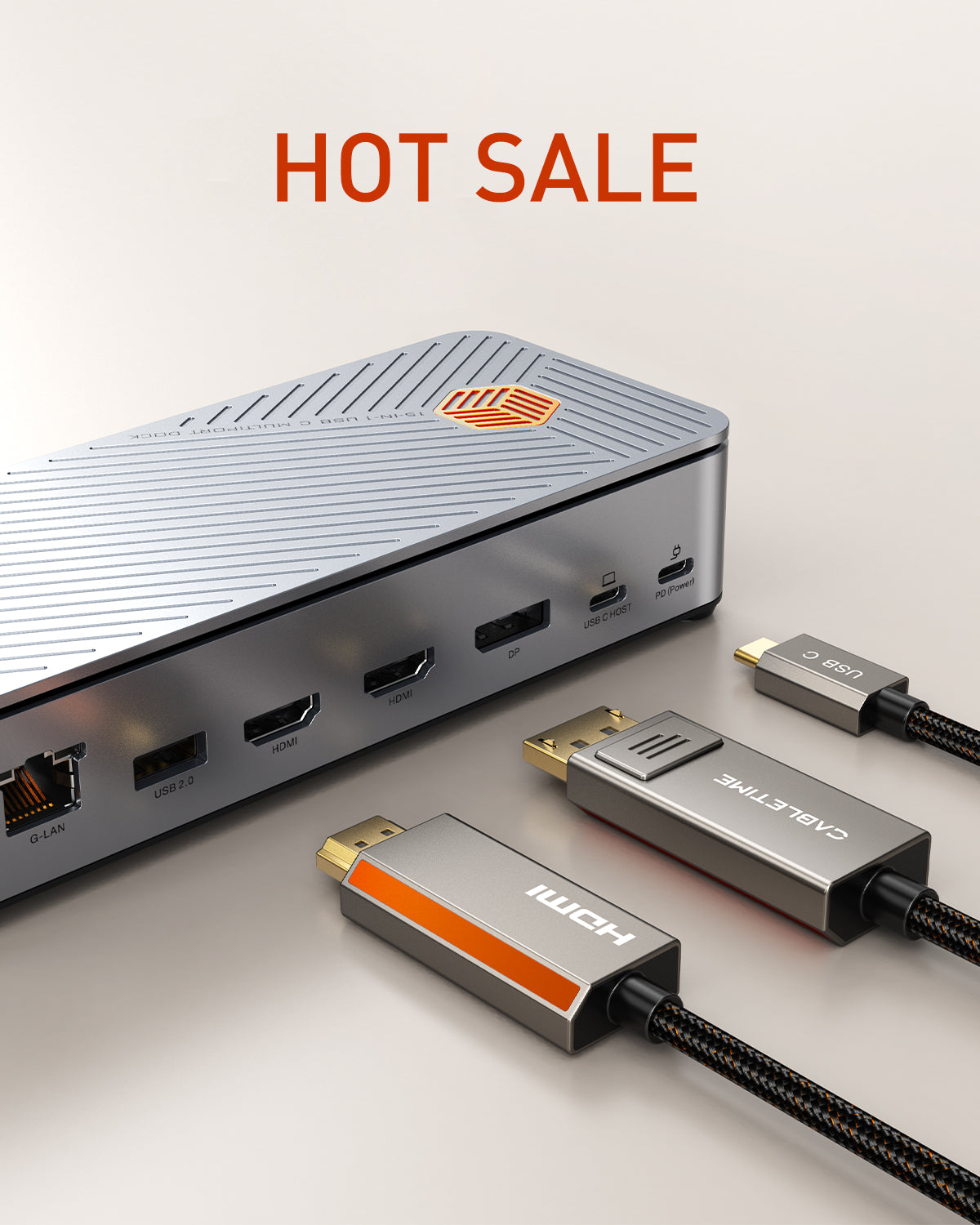
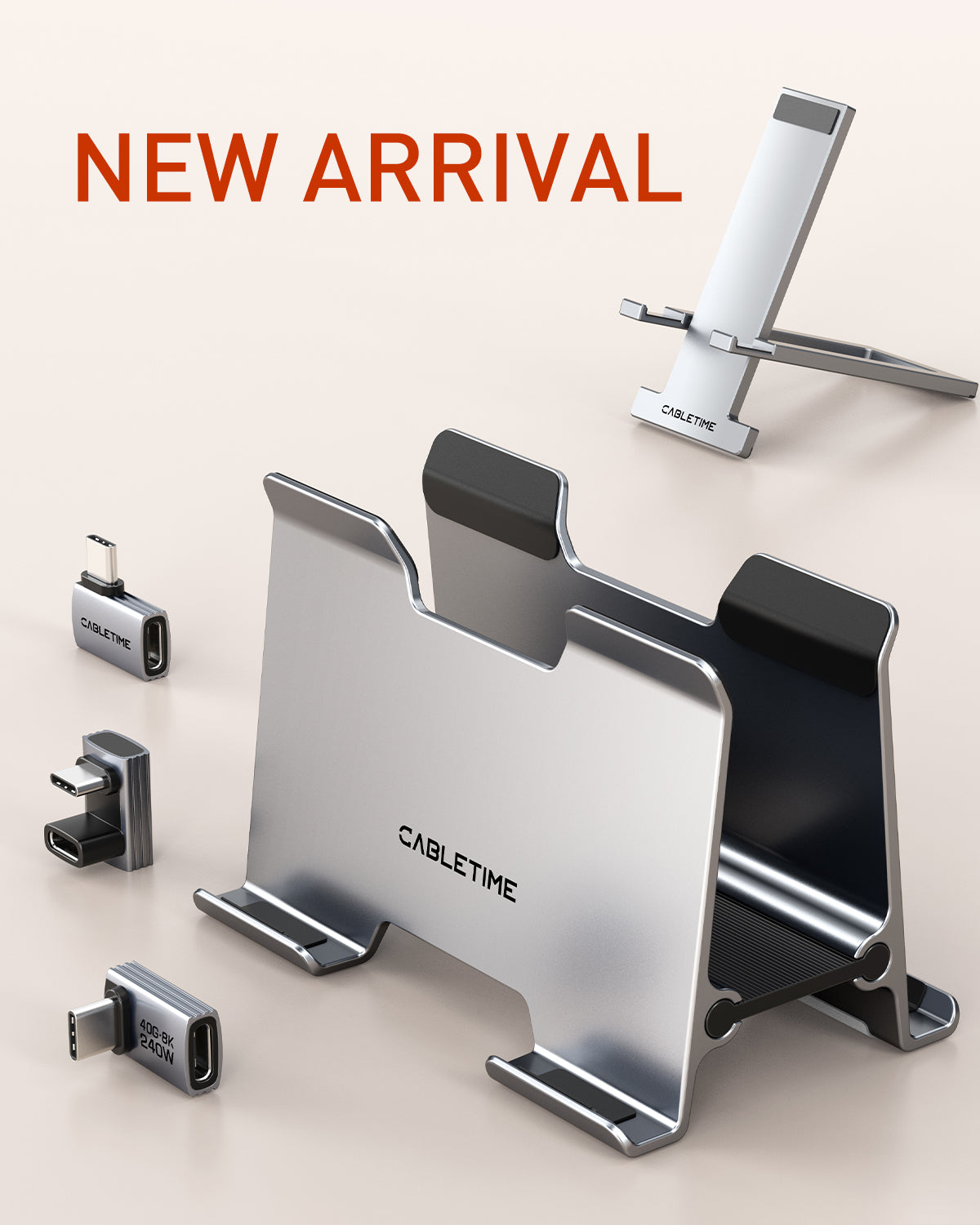
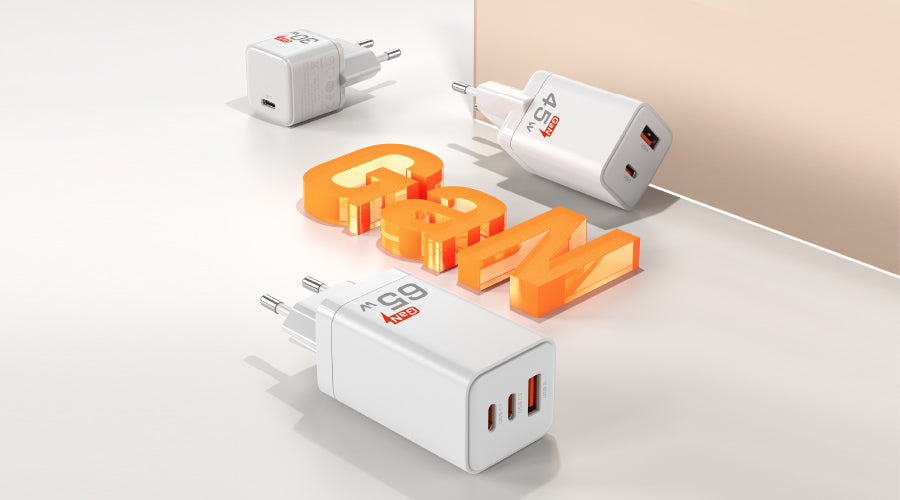
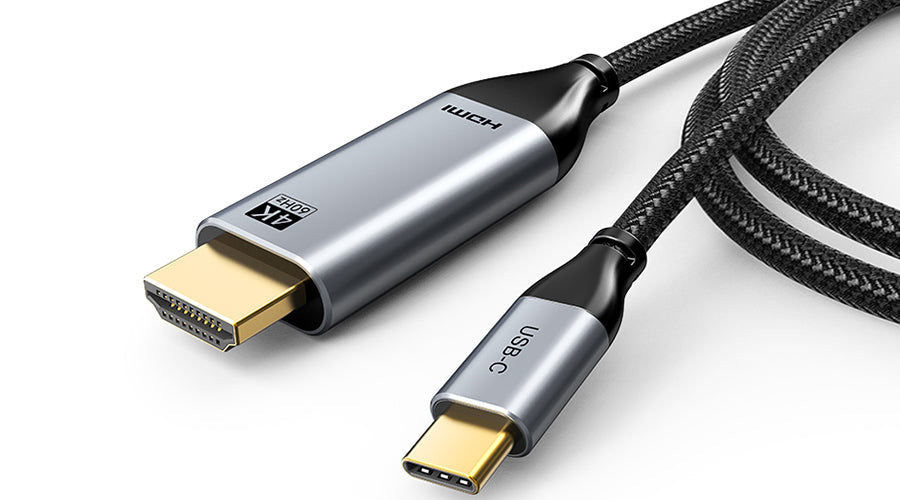
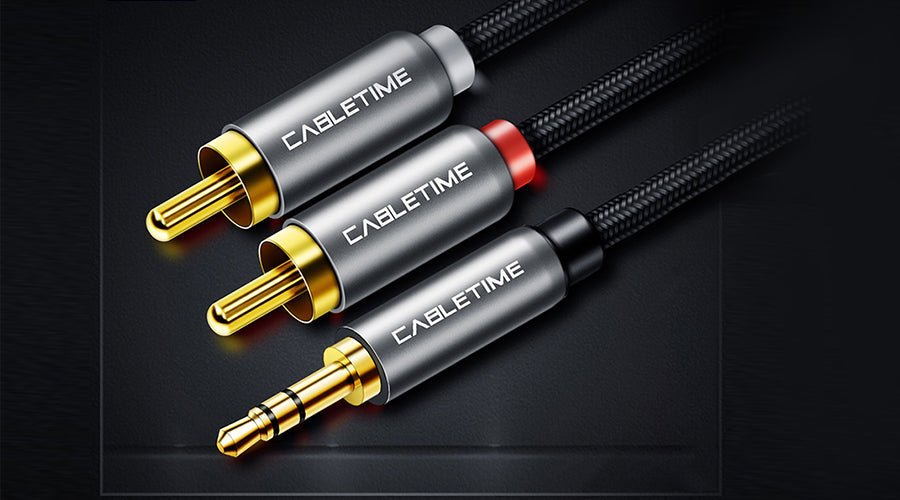
اترك تعليقا
This site is protected by hCaptcha and the hCaptcha Privacy Policy and Terms of Service apply.